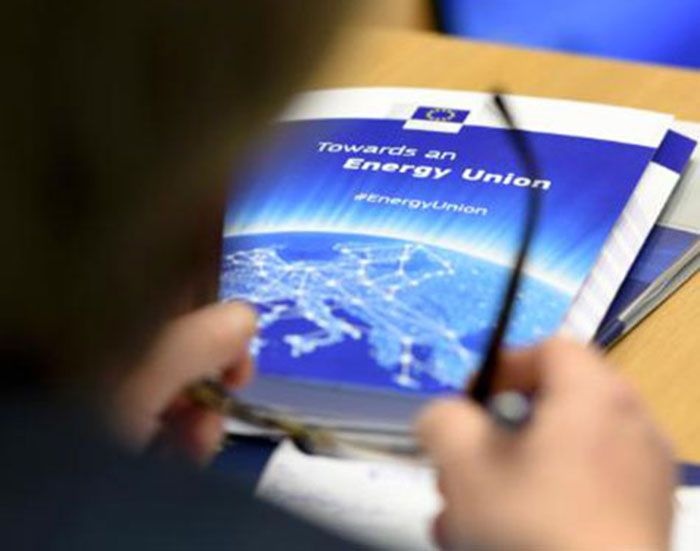The European Commission adopts a list of 195 key energy infrastructure projects – known as projects of common interest – which will help deliver Europe’s energy and climate objectives and form key building blocks of the EU’s Energy Union.
The projects – known as Projects of Common Interest (PCIs) – will enable the gradual build-up of the Energy Union by integrating the energy markets in Europe, by diversifying the energy sources and transport routes. In addition, the PCI’s adopted today will help bring an end to the energy isolation of some Member States. They will also boost the level of renewables on the grid, bringing down carbon emissions. PCIs benefit from accelerated permitting procedures and improved regulatory conditions and may be eligible for financial support from the Connecting Europe Facility (CEF). A budget of €5.35 billion has been allocated to trans-European energy infrastructure under the CEF from 2014-20, helping projects of common interest to get implemented faster and making them more attractive to investors.
Commissioner for Climate Action and Energy Arias Cañete said: “Modern and reliable energy infrastructure is essential to allow energy to flow freely across Europe. These projects will help us integrate our energy markets, diversify energy sources and routes, and end the energy isolation of some Member States. They will also boost the level of renewables on the grid, slashing carbon emissions. Europe’s energy transformation will require investments worth billions in strategic infrastructure. This list of projects will help ensure that our funds serve our goal of securing clean and affordable energy for Europeans.”
The list of projects is an update of the PCI list adopted in October 2013. The list includes 108 electricity, 77 gas, 7 oil and 3 smart grids projects. A good balance between electricity and gas projects was achieved also thanks to the identification of clear priority projects in the regional context.
The projects will benefit from a number of advantages:
- strengthened transparency and improved public consultation;
- accelerated permit granting procedures (binding three-and-a-half-years’ time limit);
- improved,faster and better streamlined environmental assessment;
- a single national competent authority will act as a one-stop-shop for permit granting procedures;
- improved regulatory treatment by allocating costs according to the net benefits, and regulatory incentives;
- possibility of receiving financial assistance under Connecting Europe Facility (CEF) in the form of grants and innovative financial instruments.
For a project to be included in the list, it had to demonstrate significant benefits for at least two Member States; contribute to market integration and further competition; enhance security of supply, and reduce CO2 emissions.
In principle energy infrastructure should be financed by the market and through tariffs paid by users. However, to meet the huge investment challenge the EU has set up funds like the Connecting Europe Facility (CEF) and the European Fund for Strategic Investment (EFSI)which will help leverage the investment needed. Under CEF, in 2014 and 2015, €797 million has been allocated to co-finance studies and construction works to help implement the PCIs.
Since the adoption of the first PCI list in 2013, 13 projects have been completed or will be commissioned before the end of 2015. Furthermore, some 62 projects are expected to be completed by the end of 2017.
The Commission has played a key role in getting many of these projects off the ground, either through political action and facilitating common agreement between two countries on the way forward or by providing technical and/or financial support to the projects.
The list of PCIs is updated every two years with the aim to integrate newly needed projects and remove obsolete ones.



